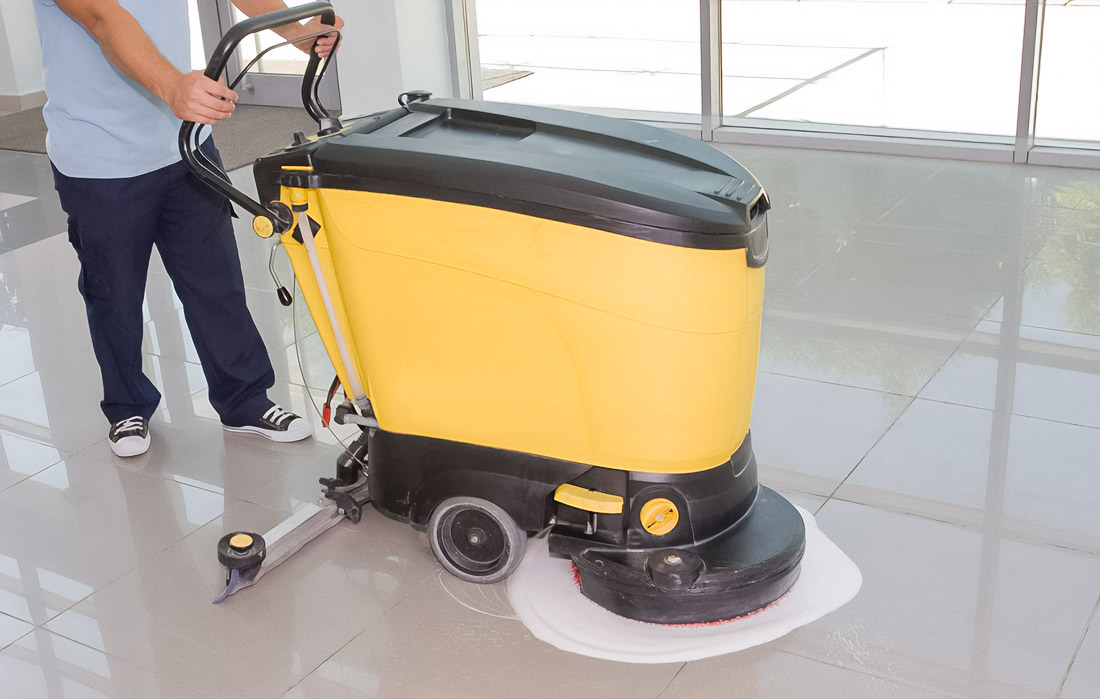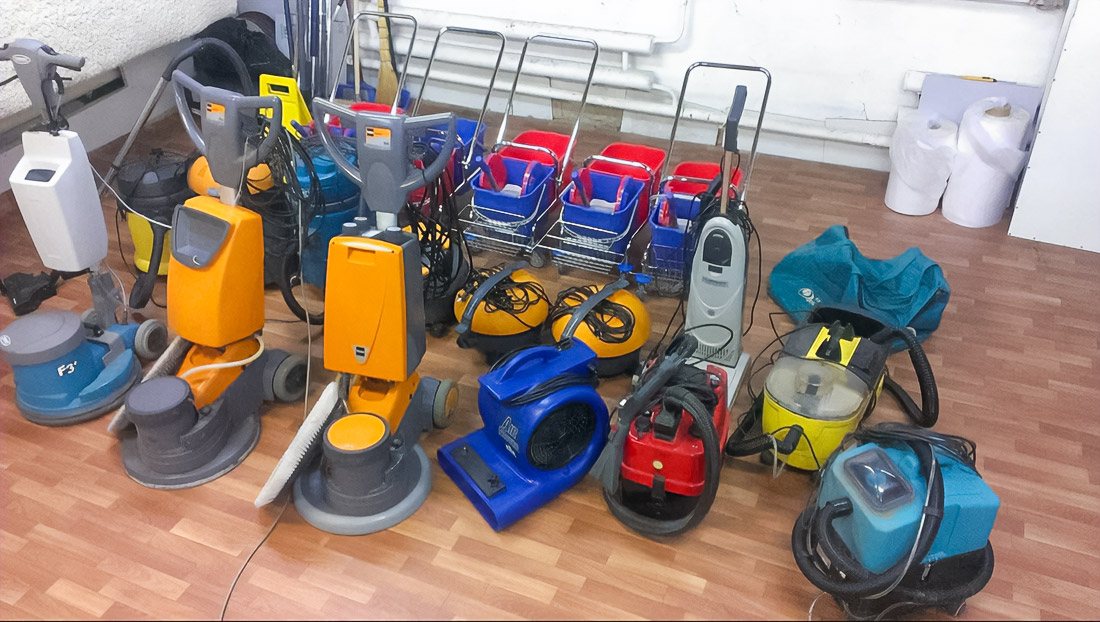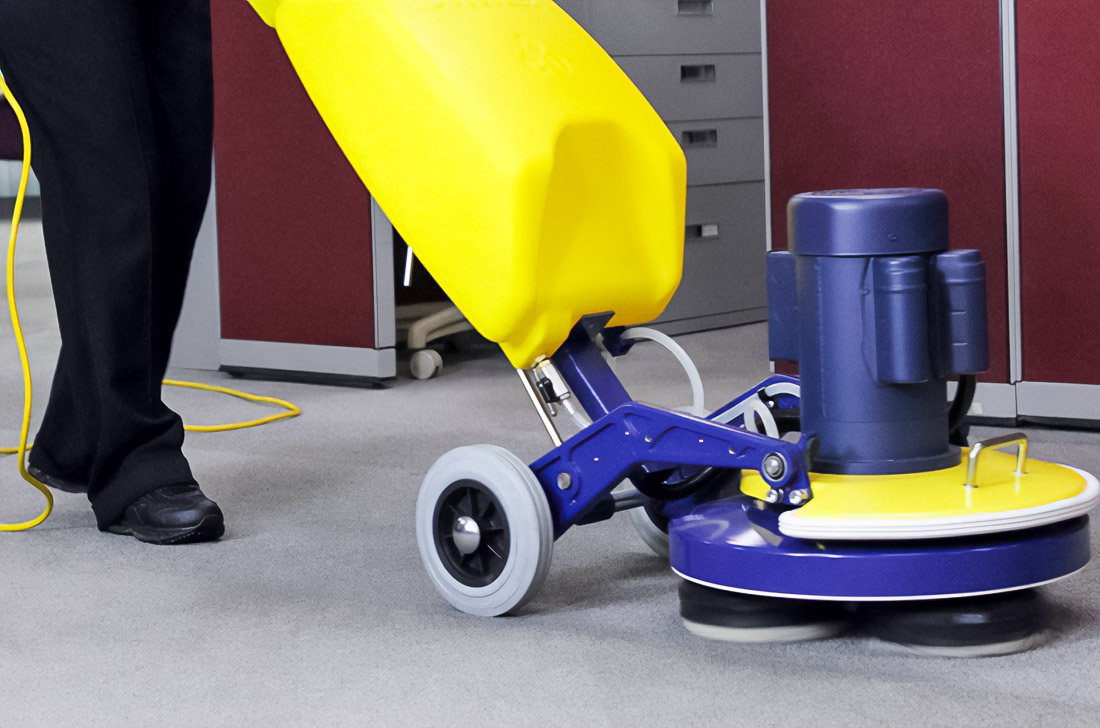How To Remove Oil Stains From Carpet: Extraction And Science
An oil stain is more than just dirt. It is a chemical trap, an invisible sticky film that has been deeply absorbed into the structure of the carpet fibers. Grease, especially from cooking oil, machine grease or wood varnish, is instantly absorbed into the porous surface, leaving not only a visual but also a structural mark. Try to scrub it off – you will make it worse. Try to wash it off – you will smear it. The solution? Extraction. Real, powerful, with hot water supply, with an exhaust system and deep suction from carpet cleaner commercial machine.
Why soap and a sponge will not help

Ordinary detergents act on the surface. But oil is a cunning enemy: it does not dissolve in water, penetrates the fibers and remains there for a long time. Synthetic carpets such as olefin or nylon are especially vulnerable. They literally suck in grease like a sponge. Olefin, for example, generally attracts oil at the molecular level. Wool? Reacts to bleach like paper to fire. This requires precision. And technique. And an understanding that a greasy stain is chemistry, not just dirt.
From stain to cleanliness: a step-by-step strategy

First — diagnostics. You need to understand what exactly was spilled: organics? protein? synthetics? gasoline? Visually, the stain may be the same, but for neutralization — different reagents are required: peroxide, enzymes, d-limonene, dry solvents. Then — vacuum, and not just like that: this way we remove dry dirt so that it does not interfere with extraction.
Then — pre-spray. The solution is applied to the stain, absorbed, “tears” its molecules. And finally — extractor. This is not a household steam cleaner. This is a professional beast. It heats water to 90°C, delivers it under pressure, and then instantly sucks it back, taking away dirt, grease, and odor. Some models come with a rotating brush, and in particularly difficult cases, a deformer is used to prevent foam.
Interesting fact: if you leave the product on the carpet for more than 20 minutes, the stain will set. A paradox? Yes. Because chemistry loves precision.
Without an extractor: what to do at home

No equipment — no problem. The algorithm is as follows:
- Avoid rubbing the discoloration; instead, use a paper towel to blot it.
- Apply isopropyl alcohol — pointwise, with a cotton swab.
- Next came a mixture of warm water and a drop of dish soap.
- Next, add the talc or baking soda, let it sit, and let it absorb.
- And finally — vacuum cleaner. Not before.
Does it work? Yes. But if the stain is old, you can’t do without an extractor. According to statistics, if the stain is more than a day old, the removal efficiency drops by 65%.
Rent or buy?

A professional extractor is a bulky, expensive thing that requires maintenance. It is usually used 1–2 times a year, especially when it comes to commercial premises. But the result is a carpet like new. The drying time after the procedure is up to 5 hours, depending on the fiber.
If you are the owner of a hotel, restaurant or office, the purchase is justified. For an apartment, renting is preferable. The main thing is to store the machine in a dry, cool place and always with an open tank to avoid odor.
How to prevent re-contamination

Fat loves dirt. Stains love to return. To avoid the “wick effect”, use the following techniques:
- Use fabric protection and platform protection that offers protective impregnation based on Teflon.
- Always do a final rinse.
- Use a white cloth or paper towel under the weight overnight.
- Never mix cleaning products: the reaction can be unpredictable.
- Vacuum carpets daily. Yes, daily.
In conclusion
Removing oil stains is not about household chemicals. It is about an exact science. About the chemistry of fibers, about knowing the nature of the stain, about the reaction of materials to water, heat, reagents. And, of course, about extraction – deep, real, technically verified.
This method is the only one that can really return the carpet to its former cleanliness. It is not magic. It is engineering. And a little patience.

I am an award-winning freelance writer who specializes in finance topics. With over ten years of experience.
